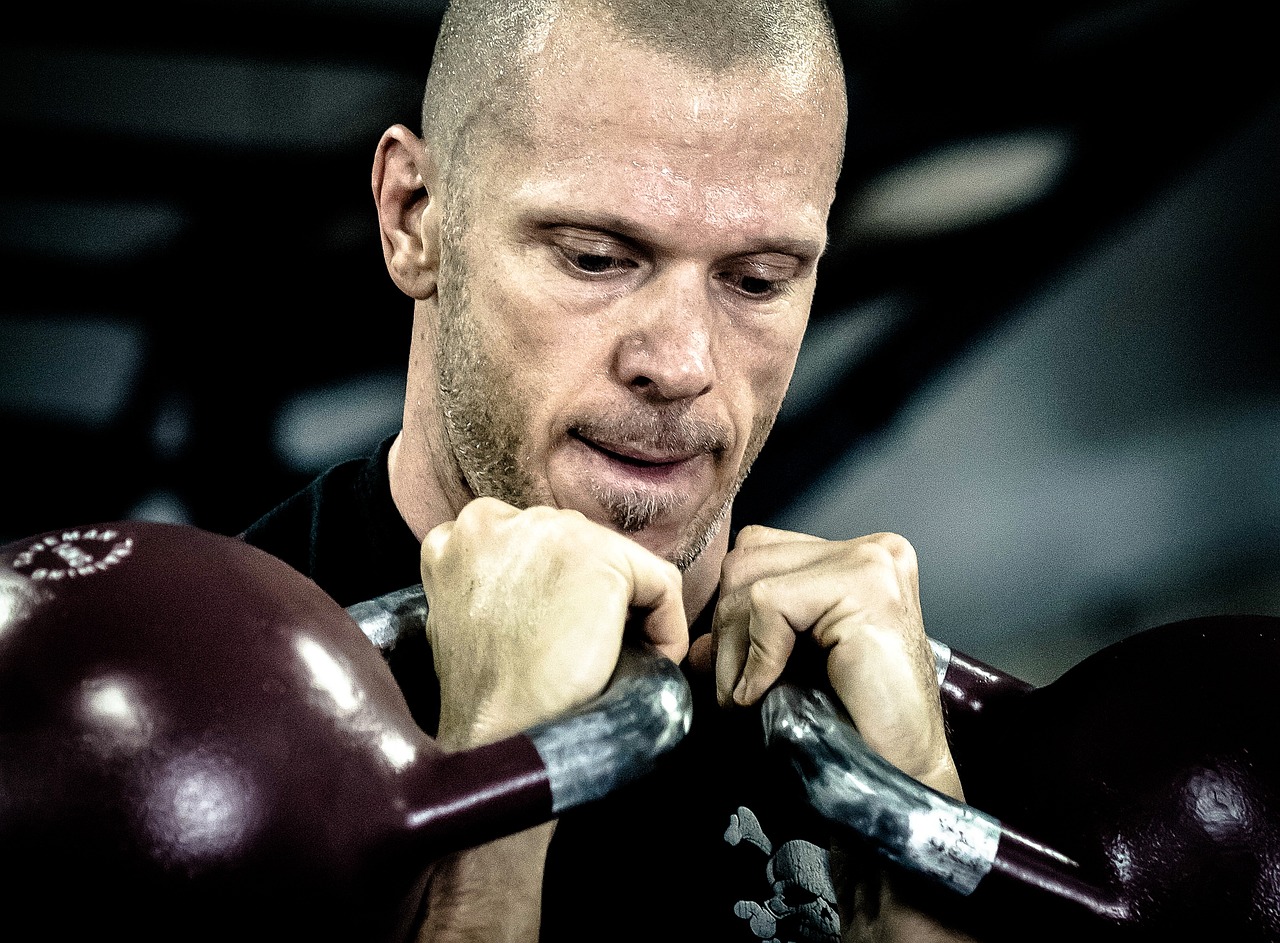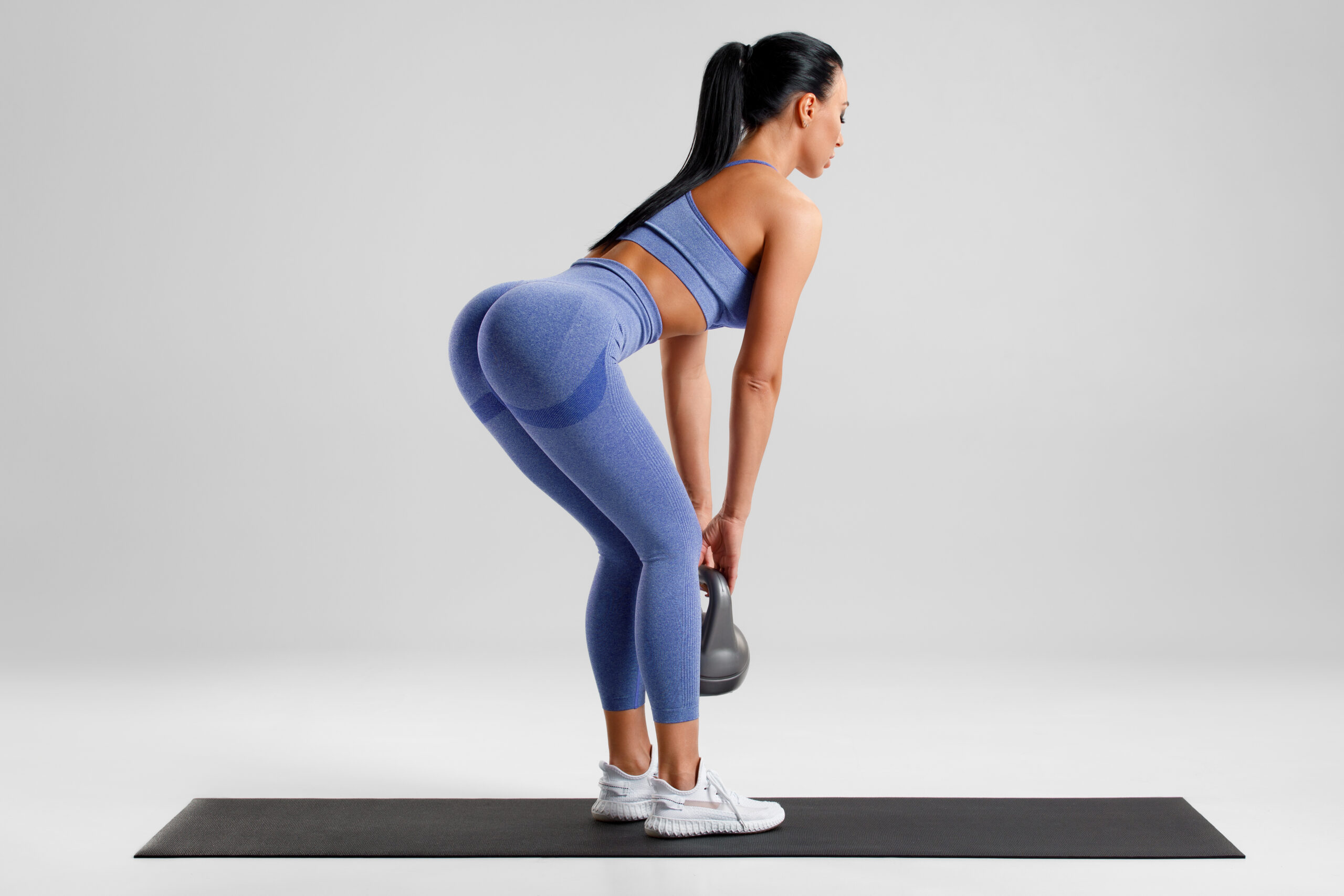Antioxidants are molecules that protect the body from damage caused by free radicals. These molecules are produced naturally by the body, but they can also be obtained through the diet. Antioxidants have been found to have a wide range of health benefits, and they play an important role in maintaining overall health and well-being. This essay will explore the benefits of antioxidants and how they can improve our health.
One of the most well-known benefits of antioxidants is their ability to protect the body from damage caused by free radicals. Free radicals are molecules that can damage cells, proteins, and DNA, leading to the development of chronic diseases such as cancer, heart disease, and Alzheimer’s disease. Antioxidants neutralize free radicals, preventing them from causing damage to the body.
Another benefit of antioxidants is their ability to reduce inflammation. Inflammation is a natural response to injury or infection, but chronic inflammation can lead to the development of chronic diseases. Antioxidants have been found to have anti-inflammatory properties, which can help to reduce inflammation in the body.
Antioxidants have also been found to have a positive effect on the immune system. They can help to boost the immune system, making it more effective in fighting off infections and diseases. Additionally, antioxidants can help to prevent cell damage and cancer by reducing the number of mutations in the DNA.
Antioxidants have also been found to have a positive effect on heart health. They have been found to reduce the risk of heart disease by improving the function of the endothelium, the inner lining of the blood vessels. Additionally, antioxidants can help to reduce the risk of stroke by reducing the formation of blood clots.
Antioxidants can also help to improve skin health. They have been found to reduce the appearance of fine lines and wrinkles, improve skin elasticity, and reduce the risk of sun damage.
It’s worth mentioning that antioxidants can be found in a variety of foods such as fruits, vegetables, nuts, and whole grains. Also, supplements can be a convenient way to increase the intake of antioxidants, but it’s important to be aware that supplements are not a substitute for a healthy diet, and it’s always best to consult with a healthcare professional before taking any new supplements.
In conclusion, antioxidants are essential for maintaining overall health and well-being. They play an important role in protecting the body from damage caused by free radicals, reducing inflammation, boosting the immune system, improving heart health, and improving skin health.
Here is a list of 10 antioxidant rich foods:
- Berries (strawberries, blueberries, raspberries, blackberries)
- Pomegranate
- Dark chocolate
- Nuts and seeds (walnuts, almonds, sunflower seeds, pumpkin seeds)
- Leafy greens (spinach, kale, broccoli)
- Artichokes
- Beets
- Squash (acorn, butternut)
- Sweet potatoes
- Tomatoes
These foods are rich in antioxidants, specifically vitamins A, C, and E, as well as carotenoids, flavonoids, and polyphenols which are important for maintaining overall health and wellness. It is important to note that consuming a variety of antioxidant-rich foods is the best way to ensure that you are getting a wide range of beneficial compounds. Additionally, consuming whole foods in their natural form is generally more beneficial than taking antioxidant supplements.
Here is a list of 10 antioxidant rich smoothies:
- Blueberry and Spinach Smoothie: Blend 1 cup of fresh blueberries, 1 cup of fresh spinach, 1 banana, 1/2 cup of Greek yogurt, and 1/2 cup of almond milk.
- Strawberry and Beet Smoothie: Blend 1 cup of fresh strawberries, 1 small cooked beet, 1 banana, 1/2 cup of Greek yogurt, and 1/2 cup of coconut water.
- Kale and Mango Smoothie: Blend 1 cup of fresh kale, 1 ripe mango, 1 banana, 1/2 cup of Greek yogurt, and 1/2 cup of orange juice.
- Raspberry and Acai Smoothie: Blend 1 cup of fresh raspberries, 1 frozen acai pack, 1 banana, 1/2 cup of Greek yogurt, and 1/2 cup of almond milk.
- Blackberry and Carrot Smoothie: Blend 1 cup of fresh blackberries, 1 small cooked carrot, 1 banana, 1/2 cup of Greek yogurt, and 1/2 cup of coconut milk.
- Pomegranate and Blueberry Smoothie: Blend 1 cup of fresh blueberries, 1/2 cup of pomegranate arils, 1 banana, 1/2 cup of Greek yogurt, and 1/2 cup of almond milk.
- Cacao and Avocado Smoothie: Blend 1/4 cup of raw cacao powder, 1 ripe avocado, 1 banana, 1/2 cup of Greek yogurt, and 1/2 cup of almond milk.
- Pumpkin and Apple Smoothie: Blend 1 cup of cooked pumpkin puree, 1 apple, 1 banana, 1/2 cup of Greek yogurt, and 1/2 cup of almond milk.
- Kiwi and Pineapple Smoothie: Blend 2 kiwi fruits, 1 cup of pineapple chunks, 1 banana, 1/2 cup of Greek yogurt, and 1/2 cup of coconut water.
10. Tomato and Cucumber Smoothie: Blend 1 cup of fresh tomato juice, 1/2 cup of diced cucumber, 1/4 cup of freshly squeezed lime juice, 1/4 cup of fresh mint leaves, and a pinch of salt, pepper and cayenne pepper.
All of these smoothies are packed with antioxidants, vitamins, and minerals that will help you to feel energized and refreshed. Be sure to use fresh and organic ingredients whenever possible to maximize the nutritional value of your smoothies. Also, you can adjust the ingredients to your preference and taste.

 Politics2 years ago
Politics2 years ago
 Politics1 year ago
Politics1 year ago
 Health1 year ago
Health1 year ago
 Politics1 year ago
Politics1 year ago
 Politics2 years ago
Politics2 years ago
 Politics1 year ago
Politics1 year ago
 Entertainment2 years ago
Entertainment2 years ago








